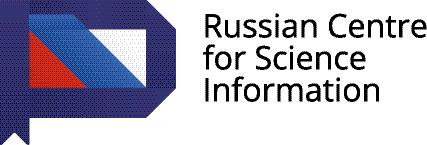A Novel Model of Quasi-Stationary Vortices in the Earth’s Atmosphere
- 作者: Onishchenko O.G.1,2, Pokhotelov O.A.1, Astafieva N.M.2
-
隶属关系:
- Schmidt Joint Institute of Physics of the Earth, Russian Academy of Sciences
- Institute of Space Research, Russian Academy of Sciences
- 期: 卷 54, 编号 8 (2018)
- 页面: 906-910
- 栏目: Article
- URL: https://journals.rcsi.science/0001-4338/article/view/148621
- DOI: https://doi.org/10.1134/S0001433818080091
- ID: 148621
如何引用文章
详细
In the great variety of vortex motions in the atmosphere, concentrated vortices, attracting increased interest from the point of view of both fundamental research and practice, clearly stick out. A sufficiently precise definition of the concentrated vortex can be given for the case of an ideal fluid—it is an area localized in the space, surrounded by a potential flow and having a nonzero vorticity. Such vortices can be combined into a class of small-scale concentrated vortices including dust devils (DDs), waterspouts, fire vortices, and larger scale and more intense tornadoes. Unlike planetary-scale vortices (cyclones and anticyclones), DDs and tornadoes are small-scale vortices. DDs and tornadoes are generated in different environments (tornadoes occur in strong storm clouds), but they have much in common in regards to their structure. The speed of rotation in such vortices reaches the maximum value at a characteristic radius and tends to zero when approaching the center. The rotation speed in them has much in common with the rotation speed in stationary Rankine or Burgers vortices. This work is devoted to the study of a novel low-parameter model of stationary vortices. The model is most suitable for describing concentrated vortices in the Earth’s atmosphere. Within the framework of ideal hydrodynamics, a new model of thin vortex filaments is constructed at heights that are small when compared to the vertical scale of the Earth’s atmosphere. Unlike Rankine and Burgers vortices, it allows one to describe the structure limited in the radial direction. Quasi-stationary vortices in such a model arise as a result of the balance of two effects: the concentration of vertical vorticity to the center and the advection of the vortex motion in the vertical direction.
作者简介
O. Onishchenko
Schmidt Joint Institute of Physics of the Earth, Russian Academy of Sciences; Institute of Space Research, Russian Academy of Sciences
编辑信件的主要联系方式.
Email: onish@ifz.ru
俄罗斯联邦, Moscow, 123242; Moscow, 117997
O. Pokhotelov
Schmidt Joint Institute of Physics of the Earth, Russian Academy of Sciences
编辑信件的主要联系方式.
Email: pokh@ifz.ru
俄罗斯联邦, Moscow, 123242
N. Astafieva
Institute of Space Research, Russian Academy of Sciences
编辑信件的主要联系方式.
Email: ast@iki.rssi.ru
俄罗斯联邦, Moscow, 117997
补充文件







